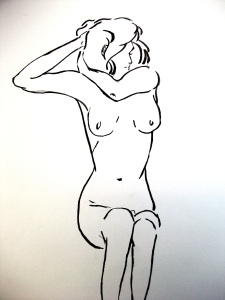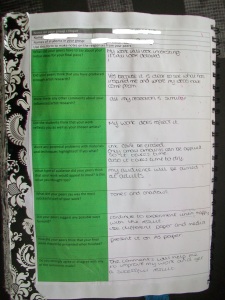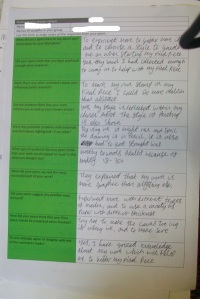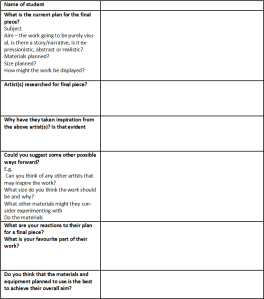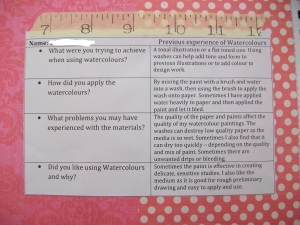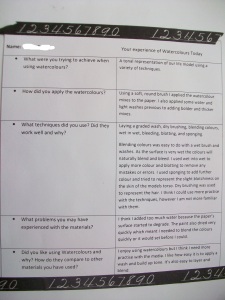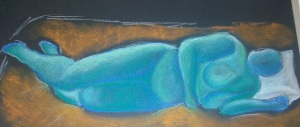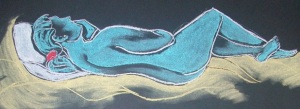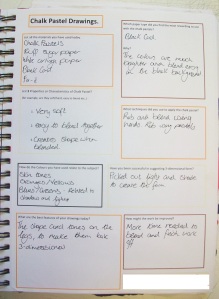The course I have been delivering came to an end this week and students are submitting their work for assessment. In this post I’m going to sum-up my findings about the plenary and think about the impact this work has had on my teaching.
Designing a Plenary
When concluding a lesson or task the main aims should be to…
1, re-cap, revisit the aims and objectives
2, check the students have understood and clear up any misconceptions
3, give the learners a sense of achievement
4, look ahead to future learning
Considering a more student-centred approach to learning I hoped to design activities that did not rely on open questioning and formal delivery to a group only but that required learner participation and some reflection too. All the activities that I designed required the learners to record some evidence in writing, this was a purposeful decision which has proved useful in providing evidence for their summative assessment.
What might I try in the future?
There has been a lot of research into the use of ICT in lessons as technology advances and becomes more available for use within lessons, to develop my use of ICT, I aim to read up on this more and consider the effects of using technology within lessons. Will it appeal more to students and improve motivation and engagement?
I feel it would be a good idea to create plenary games that involve ICT and use them more often. The link below will take you to some of the best game making sites I have seen so far. Although I have not found the opportunity to use these in my classroom yet, I hope to give them a go when designing future lesson plans. They are all free or have a number of free resources, however, some require you to create an account to use the site.
Resources on this site include a fruit machine name generator, a fun way to pick a student at random during question and answers.Countdown timers and arcade games to make informal quizzes to use in your lessons.
http://www.philologus.co.uk/index.php
This site includes a template to make your own ‘who wants to be a millionaire’ style game.
Both of these sites allow you to make a variety of educational games
TES – Resources
A massive network of teachers (2.5 million registered users) makse up this digital community of practice. The TES website is a great and safe way for those who teach to share their resources with other teachers.
http://www.tes.co.uk/home.aspx
How I plan to develop…
Not only can I build on the experiences i have had so far and use them again or make adaptations to make tasks more engaging, I have now found loads of resources that can help to design activities for the plenary. I will continue to try out different ways of summing up tasks and assessing learning. Feedback from students is invaluable and to better reflect on activities I will aim to gather their feedback as often as possible.
Finding reliable written information about plenary techniques has not been easy. Phil Beadle, a national award winning teacher, journalist and author is releasing a book this year which is dedicated to the subject….
Altogether Now…. The Ultimate Plenary Book

Book Description
‘The only book full of ideas for lesson plenaries you`ll ever need. You paint an outside wall. It rains. What happens to the paint? It runs off, of course! So it is with our students. We teach them something. We can t be bothered to do the recap, the plenary, as we don`t have any ideas. They leave the lesson. They promptly forget what you have taught them. There was no point their being in the lesson in the first place. The world continues turning. This practical little book of plenaries does what it says. It delivers a series of simple ideas for how to make your lesson endings or mid-lesson recaps interesting, engaging and cognitively challenging. Apply the ideas in this book and your students will leave the lesson with the information you have taught them still in their heads.’
